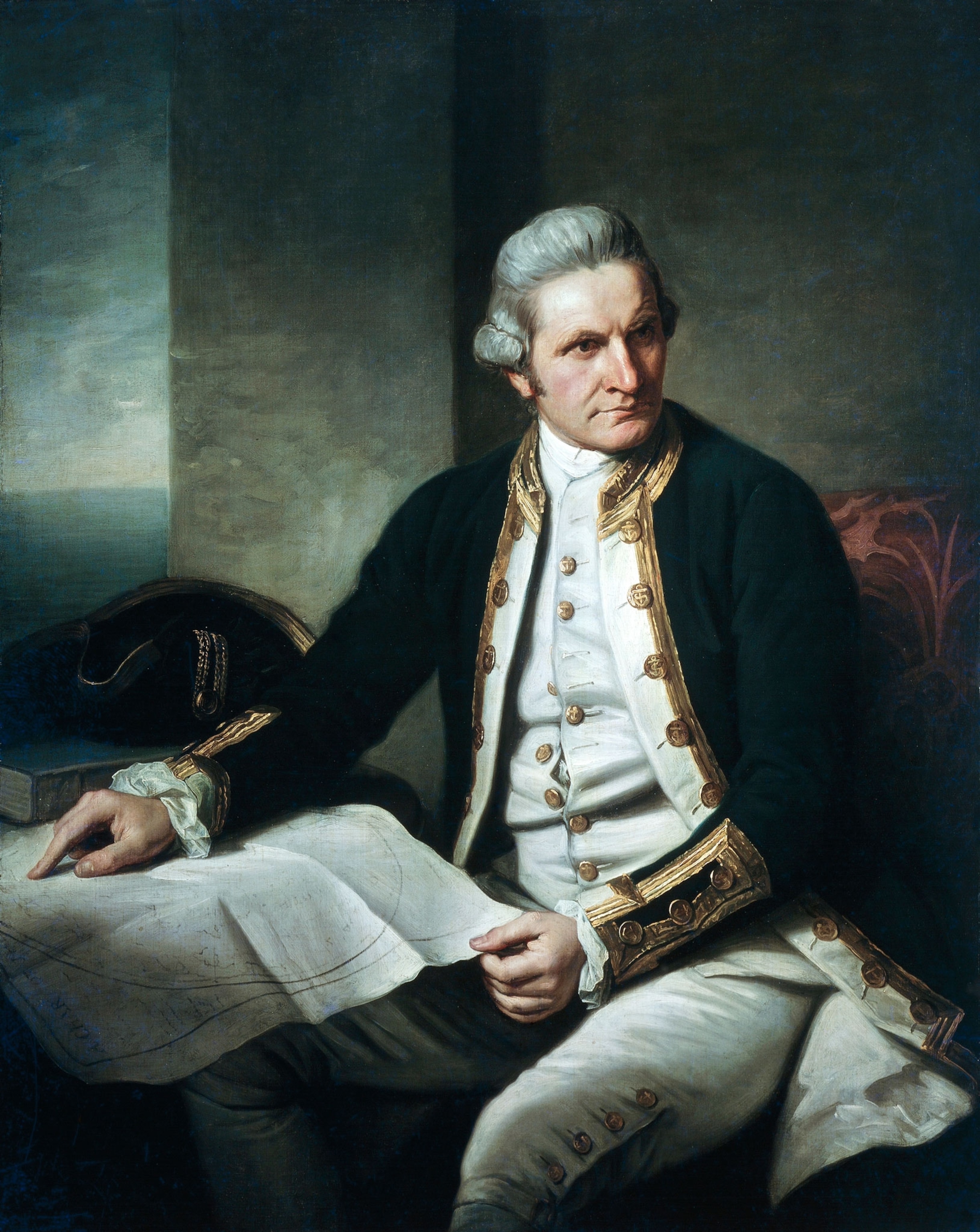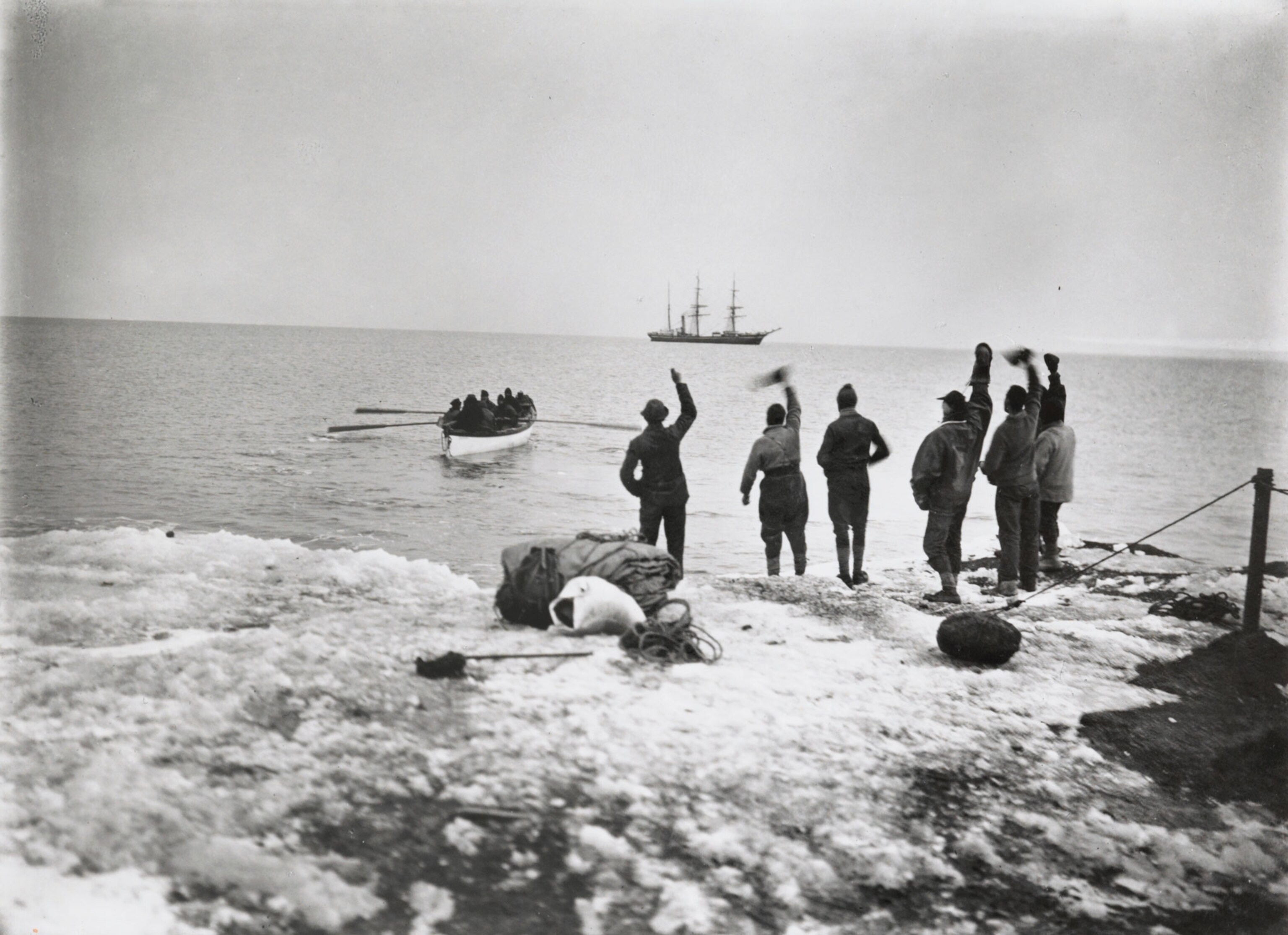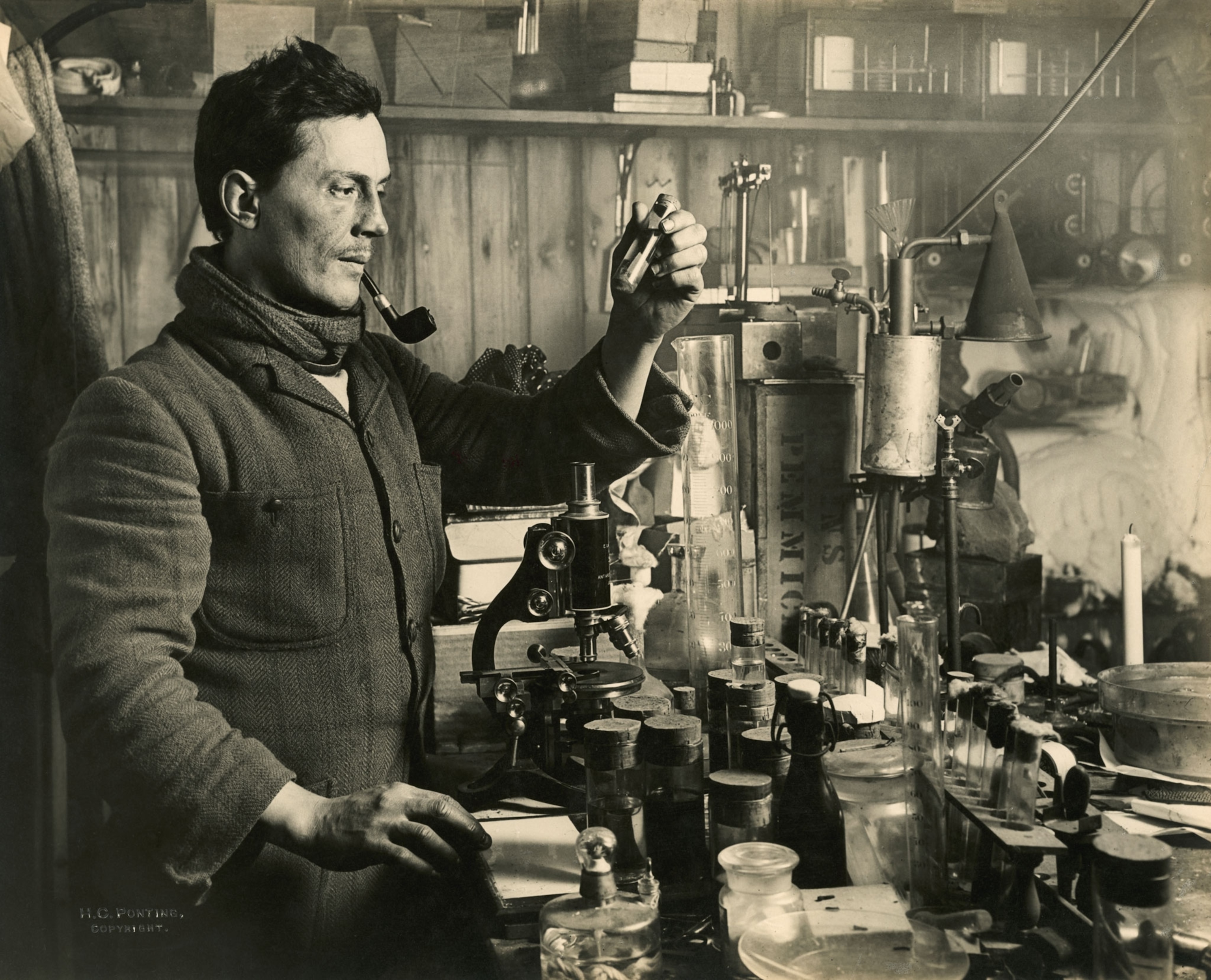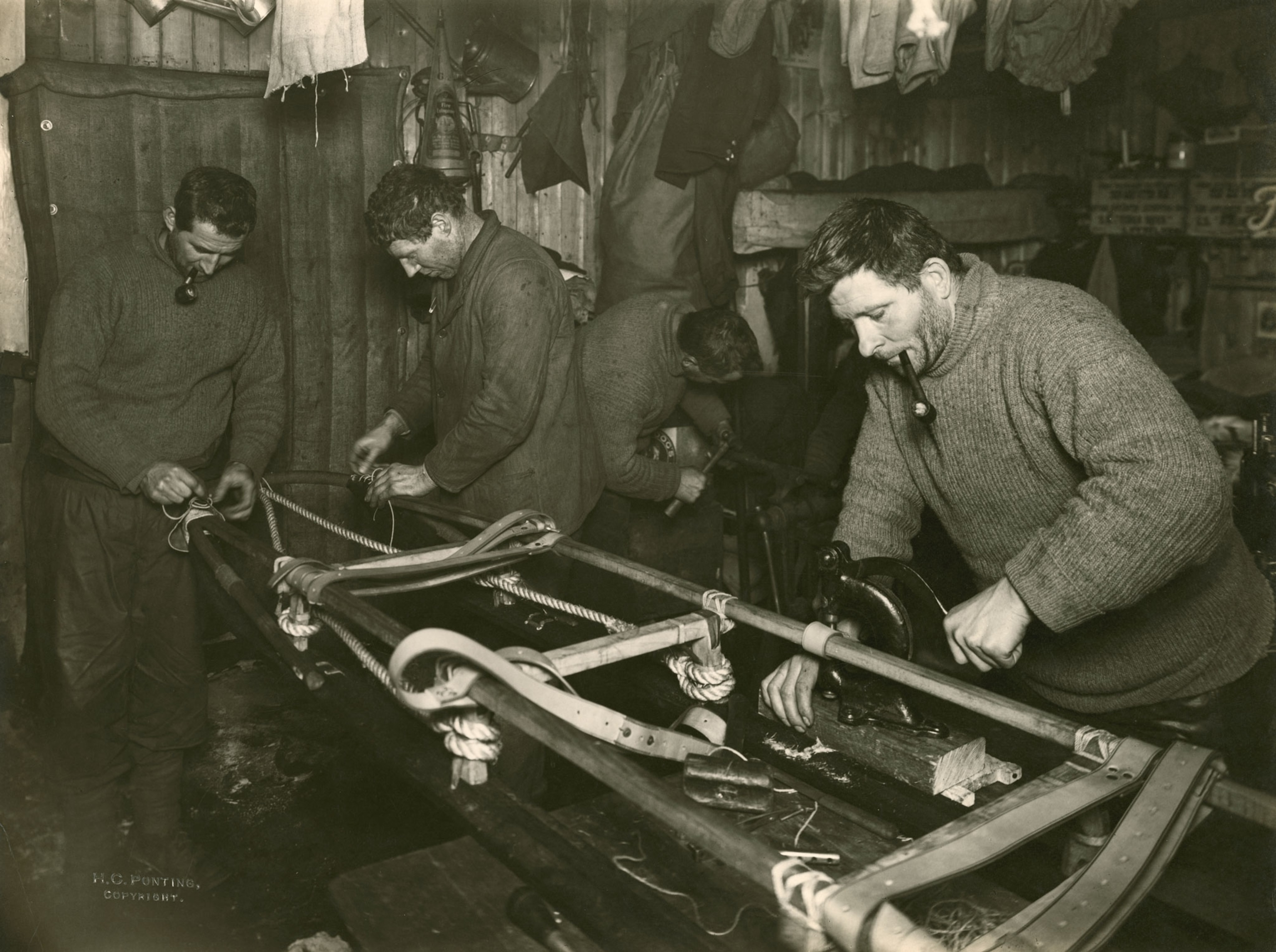
Who really discovered Antarctica? Depends who you ask.
In 1820, two rival expeditions set out to discover Antarctica—but only one could be first.
Two hundred years since the discovery of Antarctica, the frozen continent is known as a hotbed of scientific exploration and a place of adventure and icy peril. But who really discovered the new continent? That depends on how you define “discovered.” The fateful spotting could be attributed to a Russian expedition on January 27, 1820—or a British one just three days later.

By the early 19th century, explorers had been on the hunt for a massive southern continent they called Terra Australis Incognita (“unknown southern land”). This vast landmass, it was thought, would “balance out” the land in the Northern Hemisphere. But early attempts to find the continent had flopped. Captain James Cook had spent three years looking for it during his second voyage from 1772-1775. The expedition took Cook and his men into the Antarctic Circle, but the explorer eventually called it quits after failing to find the continent.
Cook was convinced there was more to the story, though. “I firmly believe that there is a tract of land near the Pole, which is the Source of most of the ice which is spread over this vast Southern Ocean,” he wrote at the expedition’s end, but “The risk one runs in exploring a coast in these unknown and Icy Seas, is so very great, that I can be bold to say, that no man will ever venture farther than I have done and that the lands which may lie to the South will never be explored.” As it turned out, Cook had been just 80 miles from the continent’s coast at one point in his journey. (Discover the deadly disease that haunted sailors during the Age of Discovery.)
Cook’s travels spurred on other explorers, but none succeeded and the quest for the “unknown southern land” was considered impossible. Then, the search for Antarctica heated up again thanks to international rivalries and the potential profits from seal skins hunted in frigid waters. Global competition for territory and economic dominance prompted explorers from Russia, England, and the United States toward Antarctica.
In 1819, Russia tasked Fabian von Bellingshausen with going further south than Cook. On January 27, 1820, he looked toward solid ice that was likely an ice shelf attached to Antarctic land now known as Queen Maud Land. Unbeknownst to him, he had company: Three days later, British naval officer Edward Bransfield spotted the tip of the Antarctic Peninsula. (See Antarctic explorers' huts frozen in time.)
Though von Bellingshausen was technically the first to see the unknown continent, writes historian David Day, his accomplishment was hidden for decades by an incorrect translation of his journal that led historians to assume he hadn’t actually seen land. Americans weren’t far behind: John Davis, a sealer and explorer, was the first person to step foot on Antarctic land in 1821.
The race to find Antarctica sparked competition to locate the South Pole—and stoked another rivalry. Norwegian explorer Roald Amundsen found it on December 14, 1911. Just over a month later, Robert Falcon Scott found it, too. He turned back with disastrous results. Scott’s entire party perished, and the expedition is still regarded as a failure. Yet when Amundsen spoke to the Royal Geographic Society in a ceremony honoring his achievement, writes historian Edward J. Larson, attendees cheered for the explorer’s dogs, but not for him. Antarctica may be chilly, but the passions it stokes in the hearts of explorers and their champions are fiery indeed.





Related Topics
You May Also Like
Go Further
Animals
- Elephants may call each other by name, a rare trait in natureElephants may call each other by name, a rare trait in nature
- Are 'giant, flying' joro spiders really taking over the U.S.?Are 'giant, flying' joro spiders really taking over the U.S.?
- This invisible killer takes out 3.5 billion U.S. birds a yearThis invisible killer takes out 3.5 billion U.S. birds a year
- Charlotte, the 'virgin birth' stingray, has a diseaseCharlotte, the 'virgin birth' stingray, has a disease
- See how billions of cicadas are taking over the U.S. this summerSee how billions of cicadas are taking over the U.S. this summer
Environment
- How scientists link specific weather events and climate changeHow scientists link specific weather events and climate change
- Extreme heat is ahead—and you’ll feel every degree of itExtreme heat is ahead—and you’ll feel every degree of it
- Ready to give up fast fashion? Give 'slow fashion' a try.Ready to give up fast fashion? Give 'slow fashion' a try.
- Exploring south-central Colorado’s backcountry
- Paid Content
Exploring south-central Colorado’s backcountry - 2024 hurricane season forecasted to be record-breaking year2024 hurricane season forecasted to be record-breaking year
History & Culture
- These forgotten female veterans are finally getting their dueThese forgotten female veterans are finally getting their due
- How did the Maya choose sacrifice victims? DNA yields new clues.How did the Maya choose sacrifice victims? DNA yields new clues.
- He was a Founding Father. His son sided with the British.He was a Founding Father. His son sided with the British.
- How the rainbow flag became a symbol of the LGBTQIA+ communityHow the rainbow flag became a symbol of the LGBTQIA+ community
- No women allowed: These 5 destinations are men-onlyNo women allowed: These 5 destinations are men-only
Science
- This is the biggest health challenge women face in their 50sThis is the biggest health challenge women face in their 50s
- How scientists link specific weather events and climate changeHow scientists link specific weather events and climate change
- Why health advocates are concerned about a chemical in your decafWhy health advocates are concerned about a chemical in your decaf
- Is decaf healthier than regular coffee? Here’s how they compare.Is decaf healthier than regular coffee? Here’s how they compare.
Travel
- Going off-grid in south-central Colorado’s San Luis Valley
- Paid Content
Going off-grid in south-central Colorado’s San Luis Valley - The 10 best hotels in Maine for every kind of traveler
- Travel
- Destination Guide
The 10 best hotels in Maine for every kind of traveler - 10 incredible family adventures to try in Maine
- Travel
- Destination Guide
10 incredible family adventures to try in Maine - Why you should visit this scenic Vermont town
- Paid Content
Why you should visit this scenic Vermont town - Is this small Baltic city the arts and culture capital of 2024?Is this small Baltic city the arts and culture capital of 2024?




